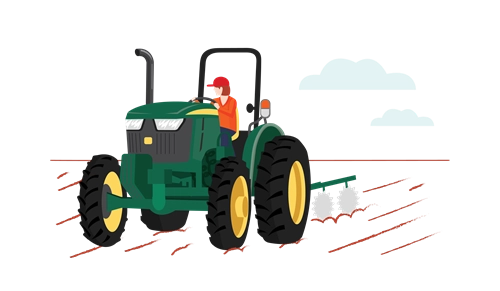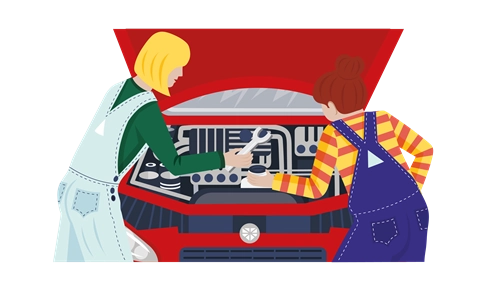Civil Engineering Professionals
Civil Engineering Professionals design, plan, organise and oversee the construction of civil engineering projects such as dams, bridges, pipelines, gas and water supply schemes, sewerage systems, roads, airports and other structures; analyse the likely behaviour of soil and rock when placed under pressure by proposed structures and design structural foundations; analyse the statical properties of all types of structures and test the behaviour and durability of materials used in their construction; plan and develop transportation systems; and estimate and monitor the construction costs of projects.
Fun facts
-
2211 Weekly Pay Before Tax
-
90% full-time Full-Time Share
-
12% female Gender Share
Tasks
There are many tasks done by civil engineering professionals. A few are listed below:
- determining construction methods, materials and quality standards, and drafting and interpreting specifications, drawings, plans, construction methods and procedures
- organising and directing site labour and the delivery of construction materials, plant and equipment, and establishing detailed programs for the coordination of site activities
- obtaining soil and rock samples at different depths across sites and testing samples to determine strength, compressibility and other factors that affect the behaviour of soil and rock when a structure is imposed and determining the safe loading for the soil
- studying architectural and engineering drawings and specifications to estimate total costs, and preparing detailed cost plans and estimates as tools to assist in budgetary control
- monitoring changes to designs, assessing effects on cost, and measuring, valuing and negotiating variations to designs
- analysing structural systems for both static and dynamic loads
- designing structures to ensure they do not collapse, bend, twist or vibrate in undesirable ways
- assessing present and future travel flow patterns taking into account population increase and needs change
- designing the physical aspects of transportation systems such as highways, railroads, urban transit, air transportation, logistical supply systems and their terminals
Specific occupations
- Civil Engineer
- Geotechnical Engineer
- Quantity Surveyor
- Structural Engineer
- Transport Engineer
- Building Economist
- Construction Economist
- Airfield Engineer Officer (Air Force)
- Hydraulics Engineer
Women in STEM

"I always wanted to help people, and as an engineer I am certainly doing that by making sure the road infrastructure is well maintained, and that any project that involves my management is beneficial to the community."
Senior Project Engineer

"I knew I wanted to work in the water industry because water is so important to the health of the community and the environment."
Water Engineer
Davina Rooney, Civil Engineer
Emily De La Pena, Civil Engineer and Entrepreneur
Ella Gross, Water Design Engineer











